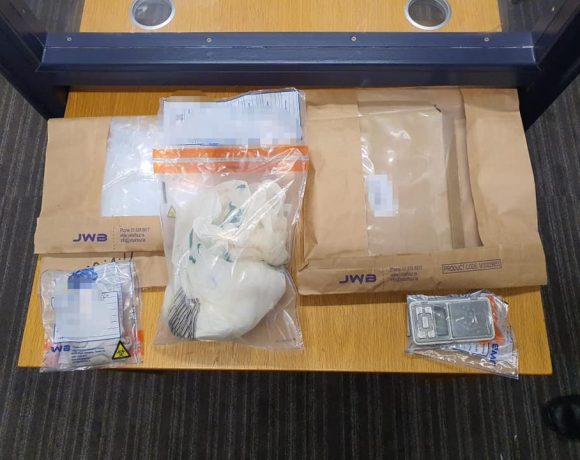EMILY BYRNE: Summer skin tips – can a leopard change its spots?

By EMILY BYRNE
IT’S been a fairly mixed bag, as they say, of a Summer. But regardless of the temperature swing, it’s a time of the year you can’t ignore when it comes to looking after your skin.
Pigmentation is a complaint I deal with very often in our clinic and a condition few are immune to. A clear, even complexion is something we take for granted, especially in our youth. However, during these carefree years of feeling invincible, your future complexion is already in the making- And if you have Celtic heritage in your blood (hands up Irish, Welsh and Scottish), there’s one thing you can be sure of – pigmentation will come for you!

Statistics have long proved that the majority of damage seen on the surface of our skin in later life is as a result of over exposure to sun before the age of 18. Our skin’s immune system battles on bravely for as long as possible to suppress this damage. But, alas, as time takes its toll, our skin’s ability to remain resilient heads downhill.
Pigmentation as a result of sun damage is a bit like the boogie monster. He’s there behind, unbeknownst to you when – all of a sudden – he pounces! So one day you’re checking out your porcelain complexion in the mirror: the next you realise the horror of the random little splodge of brown on the side of your cheek.
So what does pigmentation actually mean as you watch on in dismay as the splodges multiply like mud monsters across your once beautiful satin skin?
At its least, it’s the sad realisation that we are not invincible to age and beauty does indeed fade on the outside. At its worst, pigmentation is a symptom of skin ill-health. It is a physical SOS flag that the skin begins to wave when our cells are starting to drown.

Consider this anecdote:
Melanocytes (I like to call them Mel) are like little soldiers that live in the deeper layers of our epidermis (top skin layer) and their job is to protect our skin cells, collagen and elastin from the harmful rays of the sun- namely UVA, UVB, HEV and Infrared A. Every time we go outside (in daylight), Mel is on duty. He gets particularly busy on sunny days, but he never really rests, even on cloudy, rainy or snowy days. The only time Mel gets a bit of a break is when daylight fades or if we take the initiative to help him out with sunscreen and maybe some antioxidants.
When Mel gets injured, he’s like a soldier down, and although he might come through the battle alive- he will never be the same again. While Mel used to know when to bring out the guns and produce pigment (or a tan as we would know it), now he is afflicted by PTSD. He relives the battle every day and is constantly on edge – the gun comes out whether needed or not and pigment production becomes a permanent cascade through the surface layers of the skin. With great care and therapy, we may be able to calm Mel a little, but it won’t take a lot to cause a relapse.
In conclusion, much of the pigmentation we see on our skin is early damage that we may never be able to correct. But we can nurse our skin back to some degree of health, lighten and brighten the effects of pigmentation and most important prevent further damage and the most sinister effects of sun damage in the form of skin cancer.
In order to help Mel help you, I recommend the following:
A. Topical application of Vitamin A, Vitamin C and antioxidants to light exposed areas daily as they help to repair and protect the skin and especially the little ‘Mels’ . Try Environs AVST moisturiser series
B. Apply a broad-spectrum sunscreen in the morning and throughout the day if you are out and about. Your sunscreen should ideally protect against all 4 hazardous wavelengths- UVA, UVB, HEV and Infrared A
C. Seek shade form strong UVB and HEV rays between 11am and 4pm
D. Cover up the skin where possible. We only need a few minutes of sunlight exposure to stimulate Vitamin D production- after this, we need to protect!

*For more information, call Emily directly on 087 380 7215 or log on to: https://www.facebook.com/pg/theskinalchemistemilybyrne




